List of useful plants. Flush soil with water.
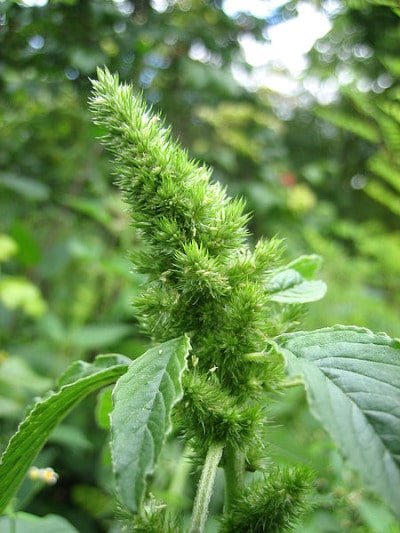 Edible Wild Plants 19 Wild Plants You Can Eat To Survive In The Wild The Art Of Manliness
Edible Wild Plants 19 Wild Plants You Can Eat To Survive In The Wild The Art Of Manliness
Late summer is the season for wild plums elderberries and wild cherries most enjoyable as preserves sauces or wine.
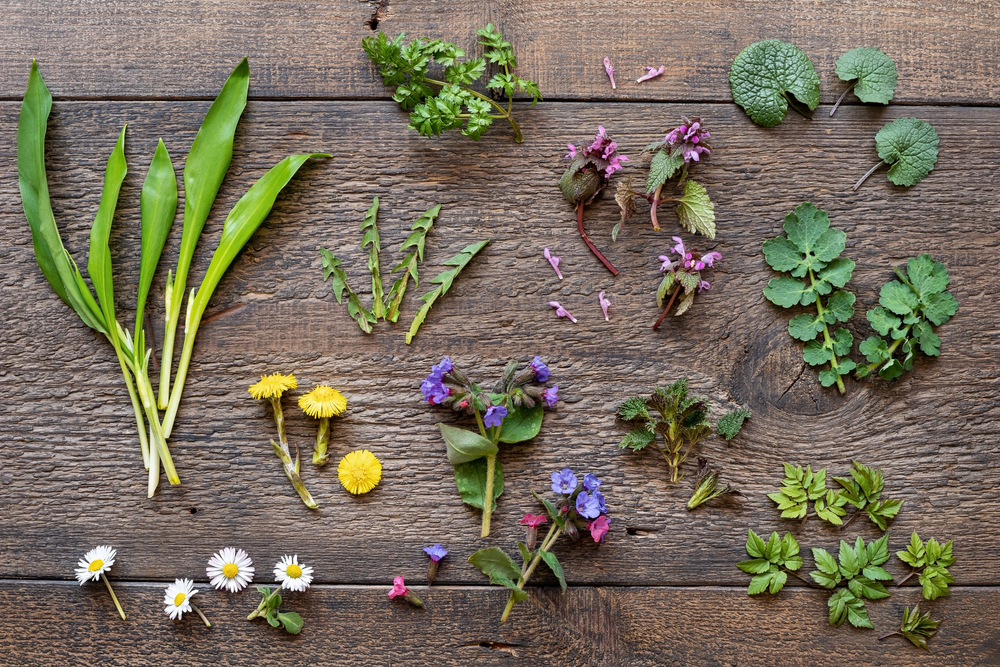
Edible plants in mn. June and July bring currants raspberries blueberries and Juneberries. Late summer is the season for wild plums elderberries and wild cherries most enjoyable as preserves sauces or wine. Most of a cattail is edible.
Some wild plants are poisonous or can have serious adverse health effects. Gathering wild foods from the woods and environment is a common practice in many cultures. Sages light blue flowers and gray-green foliage help it combine well with other plants in a flower border or container.
Theres a host of reasons to grow edible plants including four very specific ones. Include a clear photo detailed description of the plant how to harvest and how to prepare. The main purpose of this mission is to have fun foraging wild edible plants.
Burdock Burdock is a thistle that has a edible and tasty root. The leaves are usually harvested and the bulbs left where they are. The taste varies by variety from savory to sweet and theyre a good way to add a crunchy texture to a dish.
Be sure to list poisonous look-alikes to help prevent accidents. This is a common woodland edible which is usually fairly easily identifiable if not by its appearance then by its strong garlic smell. There are hundreds of bamboo species and 110 of them are edible.
Edible Plants by Season Ostrich fiddlehead ferns and morels--the state mushroom--provide good outdoor eating in the Minnesota spring. Health food security sustainability and mental health. Jerusalem Artichoke These knobby tubers actually get sweeter and more digestible after a couple of good frosts.
Although Juneberry is anoth-. Make sure you know which bamboo type you are eating. The shoots are the edible portion of the plant.
Health The freshest foods are undeniably the healthiest. Outdoor explorers in The. Some of these may be called something different where you live or are foraging for food.
There are many fruits and nuts growing wild that can be gathered in the woodlands of Minnesota or planted in your yard to provide food and enjoyment. Use young plantain leaves as you would spinach--raw or cooked. There are a few different species of plantain but Broadleaf plantain Plantago major and English plantain Plantago lanceolata are the most common in our area of the Southern Appalachians.
List of companion plants. This page was last edited on 9 February 2021 at 1007 UTC. Cattails were a staple in the diet of many Native American tribes.
Known as cattails or punks in North America and bullrush and reedmace in England the typha genus of plants is usually found near the edges of freshwater wetlands. Edible flowers sold in the produce department at your local grocery store are specifically grown to be consumed by people and safe to eat. It is up to the reader to verify nutritional information and health benefits with qualified professionals for all edible plants listed in this web site.
Any place that is regularly cleared is potentially loaded with weeds such as dandelion chickweed plantain wild onion violets wood sorrel henbit clover dead-nettle and sow thistle all of which are 100 edible. List of poisonous flowers. We are not health professionals medical doctors nor are we nutritionists.
Minnesota Edible and Medicinal Plants. Text is available under the Creative. List of edible nuts.
In Europe ramps is another name for wild garlic Allium ursinum or bear garlic. Best offers for your Garden - httpsamznto2InnD0w-----A Quick Guide to Some Common Edible Wild Plants in Minnesota. Do not eat cut flowers or flowers picked from the roadside.
From medicinal to culinary use sage has long been an herb garden staple. Edible Plants by Season Ostrich fiddlehead ferns and morels--the state mushroom--provide good outdoor eating in the Minnesota spring. Ramps is a name used to refer to several different plants.
The flavor is mild and theyre tender when young. This plant is most commonly grown for its flavor but it also makes a tough pretty perennial plant in the garden. You can boil or eat raw the rootstock or rhizomes of the plant.
June and July bring currants raspberries blueberries and Juneberries. Note that plants from garden centers and nurseries may have been treated with fertilizers and pesticides. Its amazing how many edible plants can be found grow.
Use a guide to determine which types grow near you. Please click here for more information. In fact there are many types of thistles that have edible roots that you might be able to dig up as long as the ground isnt totally frozen solid.
Mentha Arvensis Wild Mint Minnesota Wildflowers
 Wild Edible Berries Of The Midwest Active Outdoor Women
Wild Edible Berries Of The Midwest Active Outdoor Women
 Wild Edible Berries Of The Midwest Active Outdoor Women
Wild Edible Berries Of The Midwest Active Outdoor Women
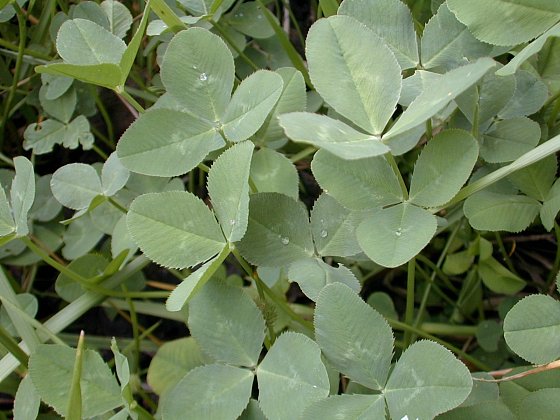 Edible Wild Plants 19 Wild Plants You Can Eat To Survive In The Wild The Art Of Manliness
Edible Wild Plants 19 Wild Plants You Can Eat To Survive In The Wild The Art Of Manliness
Minnesota Edible And Medicinal Plants Project Noah
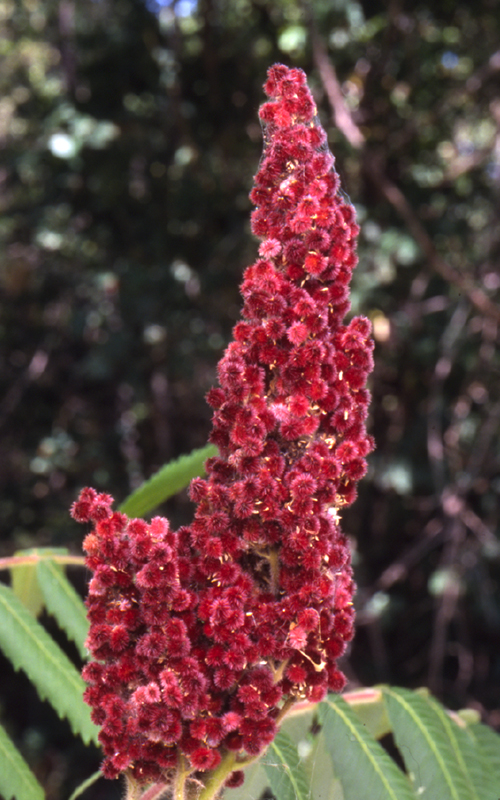 Tea From The Wild Jul Aug 2014 Minnesota Conservation Volunteer Minnesota Dnr
Tea From The Wild Jul Aug 2014 Minnesota Conservation Volunteer Minnesota Dnr
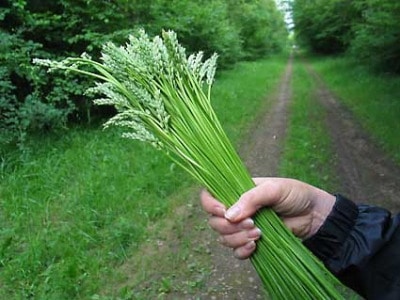 Edible Wild Plants 19 Wild Plants You Can Eat To Survive In The Wild The Art Of Manliness
Edible Wild Plants 19 Wild Plants You Can Eat To Survive In The Wild The Art Of Manliness
 Wild Edible Plants Nutritional And Toxicological Characteristics Retrieval Strategies And Importance For Today S Society Sciencedirect
Wild Edible Plants Nutritional And Toxicological Characteristics Retrieval Strategies And Importance For Today S Society Sciencedirect
 25 Edible Wild Plants To Forage For In Early Spring
25 Edible Wild Plants To Forage For In Early Spring
 30 Food To Forage Mn Ideas Wild Edibles Foraging Edible
30 Food To Forage Mn Ideas Wild Edibles Foraging Edible
 Wild Edible Plants In Minnesota Wild Edibles Edible Plants Edible Wild Plants
Wild Edible Plants In Minnesota Wild Edibles Edible Plants Edible Wild Plants